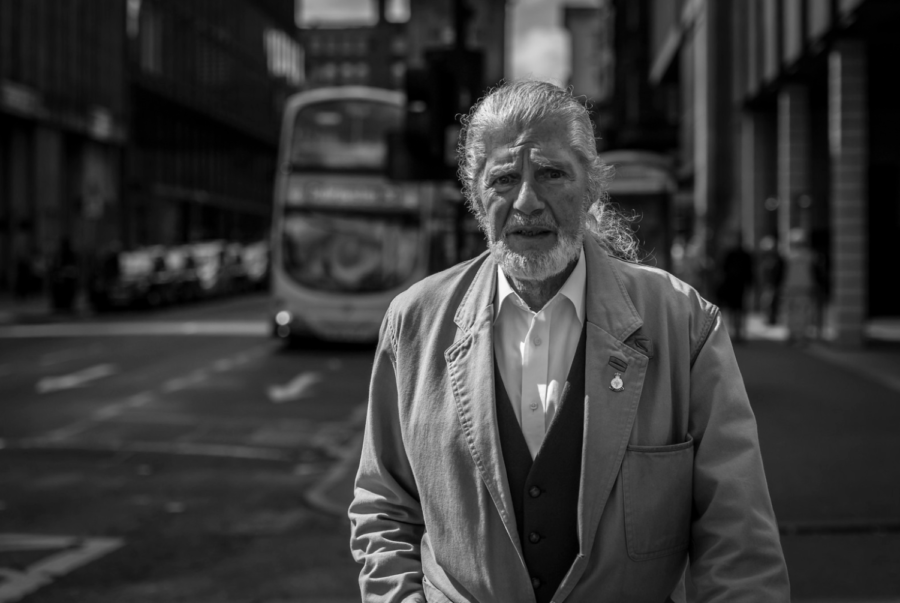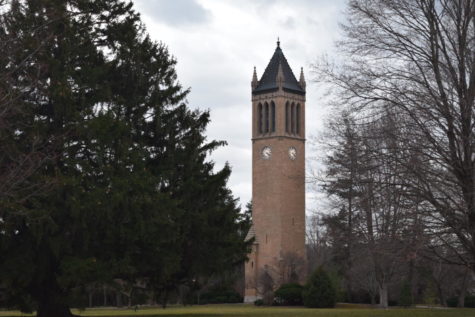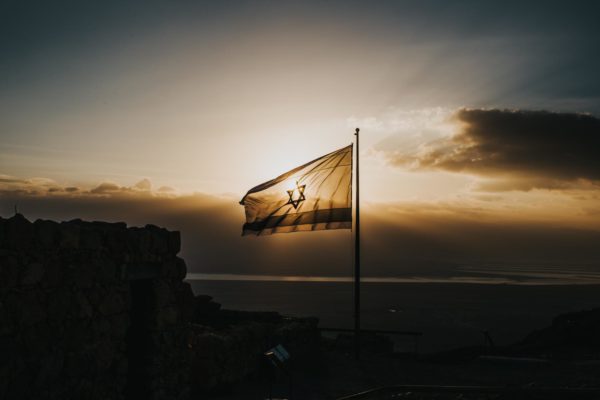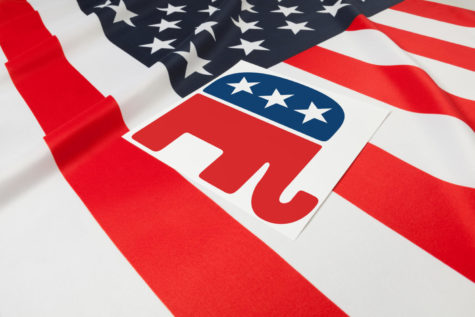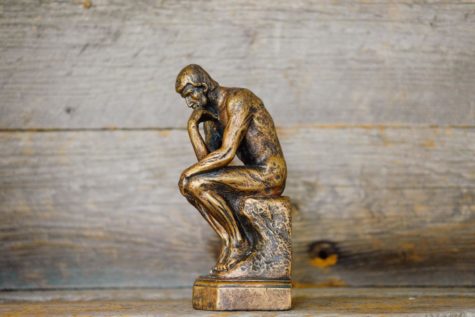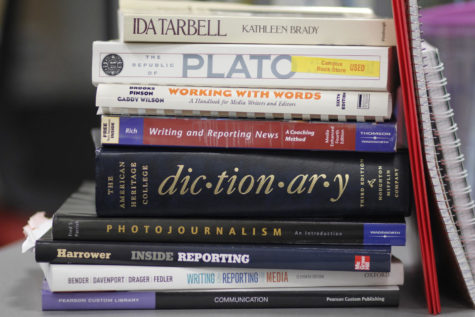Guest Column: Why hire a veteran? More experience with diversity than typical college grads
July 12, 2020
“I used to work for the world’s most diverse employer.”
Working in private, for-profit businesses for most of my career, that’s a phrase I would tell people, usually to other managers in discussions about our work staff but occasionally with members of the public when community diversity came up. People immediately wanted to know the employer.
“The U.S. Army,” I replied.
But, really, I meant the entire U.S. armed forces. My point usually was about embracing diversity.
We lived, ate, worked, camped, showered, relaxed and partied with and fought alongside and took orders from people of all backgrounds across the country. We were willing to give our lives for each other, our brothers and sisters in arms.
As a result, I made lifelong friends of people from all over, and today I could easily travel the country without needing hotels, staying in homes of people from varied ethnicities, religions and talents.
What do they all have in common? They have a fricking sense of humor, for one.
For two, they know how to laugh together because they care deeply. Some civilians in big cities seem to act like robots, I swear. They have lost all feelings.
And third of all, in my experience, they all enjoy playing cards. I think cards — the most portable form of group entertainment — are a requirement to become a true warrior.
Colleges and universities strive for diversity and often market how diverse they are. Ooh! Aah! Look at us!
But in reality, most of them have nothing on the military.
The military doesn’t market its diversity. That’s because everyone is camouflage.
Still, the military can be proud of its record. It has been integrated longer than most of America. President Harry S. Truman integrated it with Executive Order 9981 on July 26, 1948.
In 2017, 57 percent of members of the military were white, 16 percent Black, 16 percent Hispanic. Around 4 percent were Asian and 6 percent were other.
Back in 2004, 36 percent of the active military were a racial minority, and by 2017, that number was 43 percent. Hispanics are the fastest-growing minority in the military. These are Department of Defense numbers.
Collegesimply.com is a website that provides statistics on universities and colleges, such as entrance test scores, high school GPAs and so on. It shares diversity figures, too. Let’s see if these colleges can top 43 percent minority.
The University of Minnesota, it says, is 70 percent white and 30 percent minorities. That breaks down to 4 percent Black, 4 percent Hispanic, 9 percent Asian, 4 percent mixed and 9 percent who marked “international.” There were some fraction percentages, such as Native American or Pacific Islander and a smidgeon of “unknowns.”
What’s more, at 70-30, collegesimply.com rates the U of M as “medium” in terms of racial diversity.
My alma mater is Iowa State University. Collegesimply.com says it is 76 percent white and 24 percent minority. It gets a rating of “low.”
Minnesota State Mankato also is 24 percent minority. North Dakota State is 14 percent minorities.
Clearly, military veterans have experienced far greater American diversity than your typical straight-to-college white graduates. It’s another reason to hire veterans.
Typically, military types don’t even bother counting up the people based on skin color because diversity just happens throughout the armed services without an overt effort. I like to say we think in 22nd Century terms of all being on the same side and we wish the civilian world would catch up to the military world and see us all as Americans. Sadly, it hasn’t.
I know, yes, the military has racial problems that come up from time to time, but so do universities. I know mine did. I won a Hearst Award (and a scholarship) for my student paper coverage of three Black students (I had a stepdad’s surname back then). Iowa State’s secretive kangaroo courts removed them from leading Black student organizations, pretty much because these students voiced opposition to the naming of a building.
But I think more and more colleges and universities are seeing the value of veterans on their campus and that’s a good sign.
I know a veteran who works at a community college in the Twin Cities, and he notes that, on campuses, too often the students break up into clubs and organizations by ethnicity and don’t interact as much outside of classes as officials hope. But when you go to the veteran groups on any campus, you find people of all races in the same club.
Hearing that, I couldn’t be prouder to be a veteran.

